Growing Consumer Awareness
The Vegan Clothing Market Industry is experiencing a notable surge in consumer awareness regarding ethical and sustainable fashion choices. As individuals become increasingly informed about the environmental impact of traditional clothing production, they are gravitating towards vegan alternatives. This shift is evidenced by a reported increase in demand for cruelty-free materials, with a significant percentage of consumers indicating a preference for brands that prioritize sustainability. The Vegan Clothing Market Industry is thus benefiting from this heightened consciousness, as more consumers seek to align their purchasing decisions with their values. This trend is likely to continue, as educational initiatives and social media campaigns further amplify awareness about the benefits of vegan clothing.
Innovative Material Development
The Vegan Clothing Market Industry is witnessing a remarkable evolution in material innovation, with brands exploring a variety of plant-based and synthetic alternatives to traditional textiles. Innovations such as mushroom leather, pineapple fibers, and recycled plastics are gaining traction, appealing to environmentally conscious consumers. The market for these materials is projected to expand, with estimates suggesting a compound annual growth rate that could exceed 10% over the next few years. This development not only enhances the appeal of vegan clothing but also positions the Vegan Clothing Market Industry as a leader in sustainable fashion. As brands invest in research and development, the variety and quality of vegan materials are expected to improve, further driving consumer interest.
Influence of Social Media and Influencers
The Vegan Clothing Market Industry is significantly influenced by social media platforms and the rise of influencers advocating for sustainable fashion. These platforms serve as powerful tools for promoting vegan clothing brands, allowing them to reach a broader audience. Influencers often showcase their vegan wardrobes, highlighting the aesthetic appeal and ethical considerations of their choices. This trend has led to a measurable increase in online sales for vegan clothing brands, with some reporting growth rates of over 30% in e-commerce channels. The Vegan Clothing Market Industry is thus leveraging social media to enhance brand visibility and consumer engagement, creating a dynamic environment for growth.
Regulatory Support for Sustainable Practices
The Vegan Clothing Market Industry is benefiting from an increasing number of regulations and policies aimed at promoting sustainable practices within the fashion sector. Governments are beginning to recognize the environmental impact of textile production and are implementing measures to encourage the use of eco-friendly materials. This regulatory support is likely to create a more favorable environment for vegan clothing brands, as compliance with sustainability standards becomes a competitive advantage. The Vegan Clothing Market Industry stands to gain from these developments, as brands that align with regulatory expectations may experience enhanced consumer trust and loyalty, ultimately driving market growth.
Shift Towards Minimalism and Conscious Consumerism
The Vegan Clothing Market Industry is experiencing a shift towards minimalism and conscious consumerism, as individuals increasingly prioritize quality over quantity in their wardrobes. This trend is characterized by a desire for versatile, timeless pieces that align with ethical values. Consumers are becoming more discerning, often opting for vegan clothing that not only meets their aesthetic preferences but also reflects their commitment to sustainability. This shift is supported by market data indicating a rise in sales of minimalist vegan brands, suggesting that the Vegan Clothing Market Industry is well-positioned to capitalize on this evolving consumer mindset. As more individuals embrace a minimalist lifestyle, the demand for vegan clothing is expected to grow.


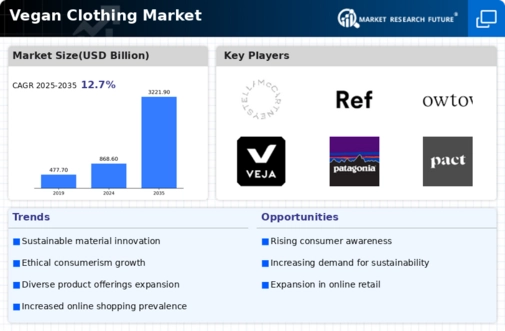
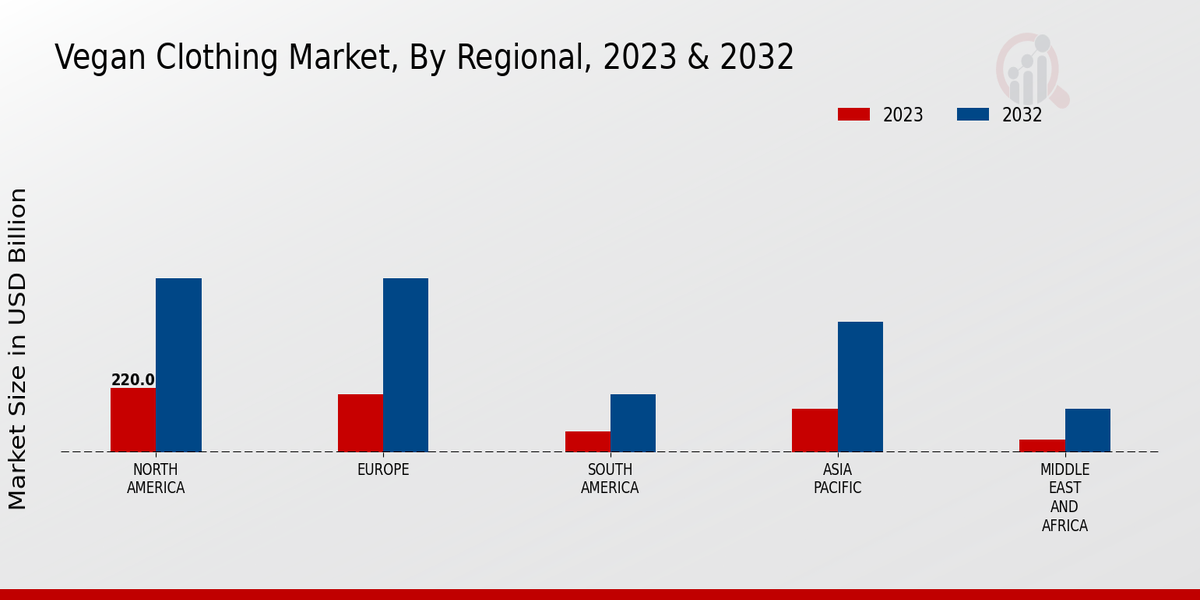

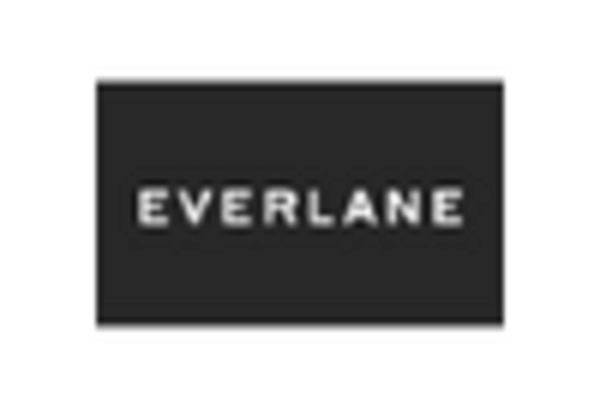

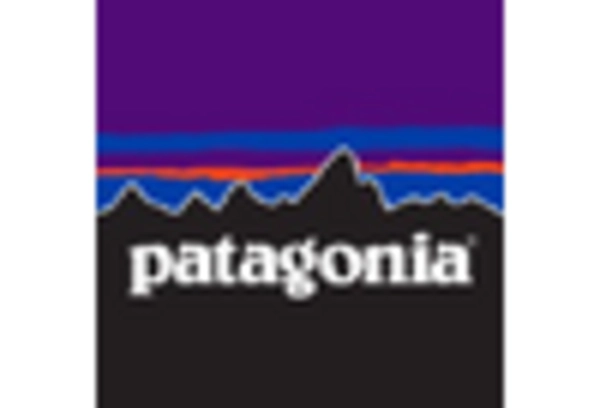

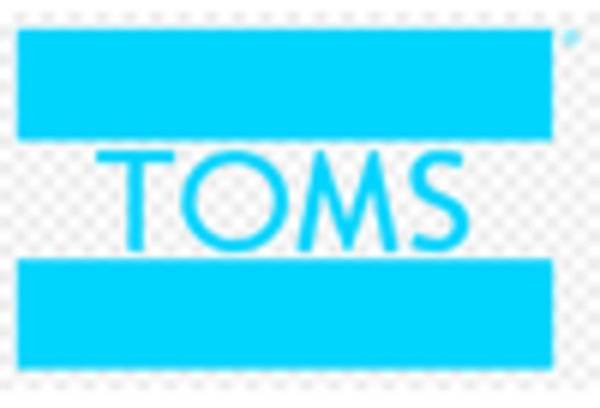









Leave a Comment